Following China and North America, the facelifted Lexus IS brings its modest updates to Europe
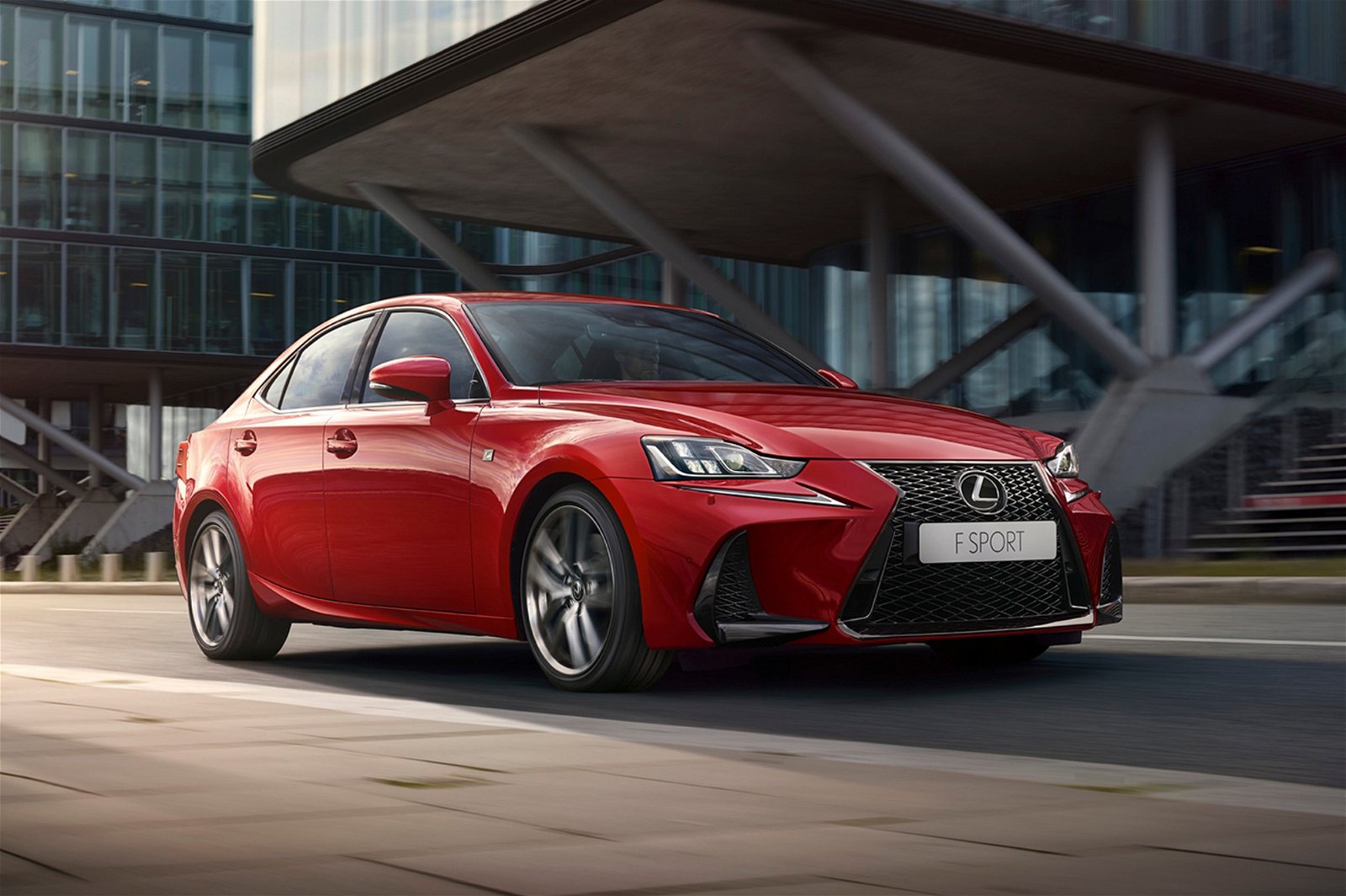
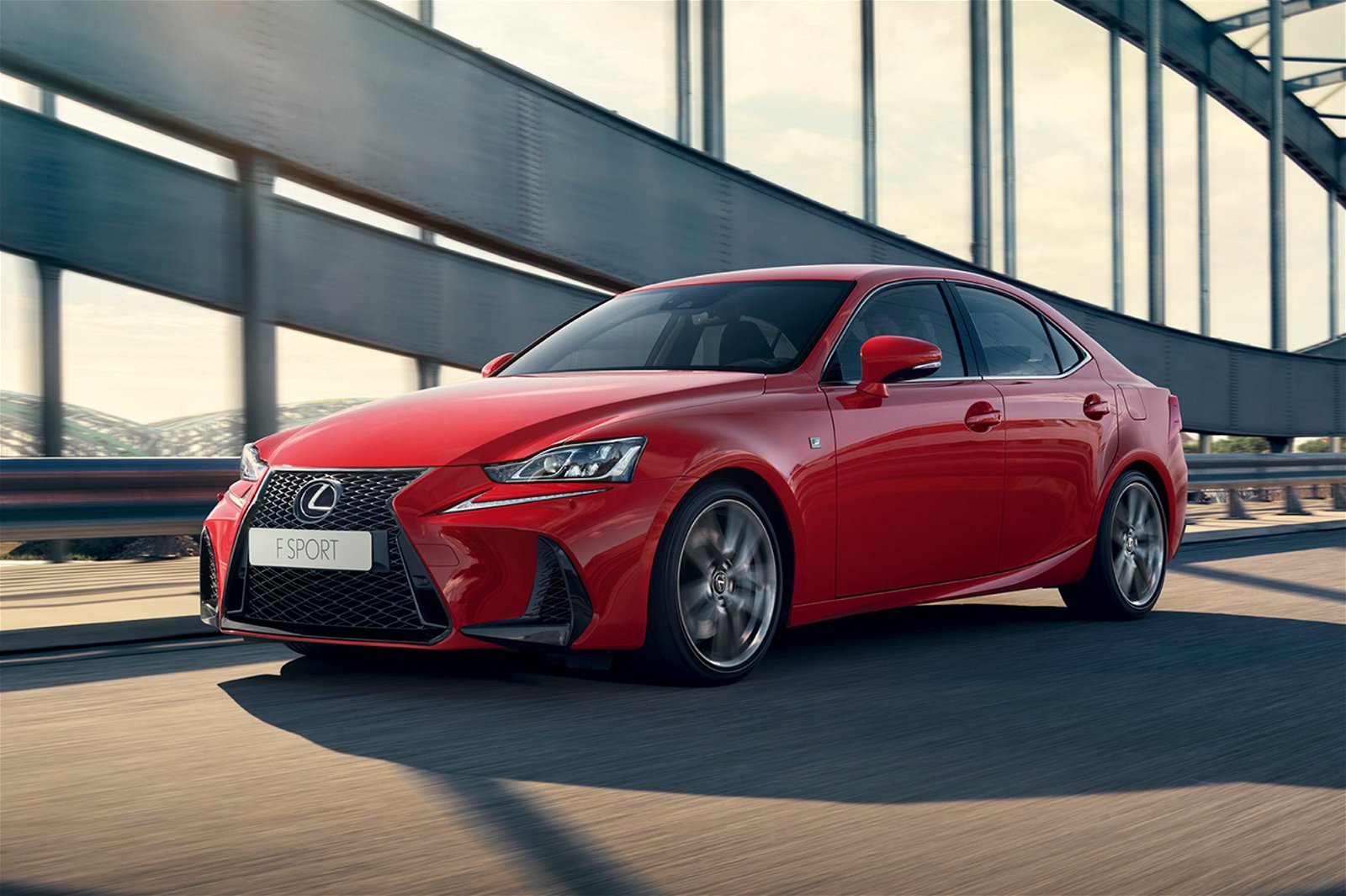
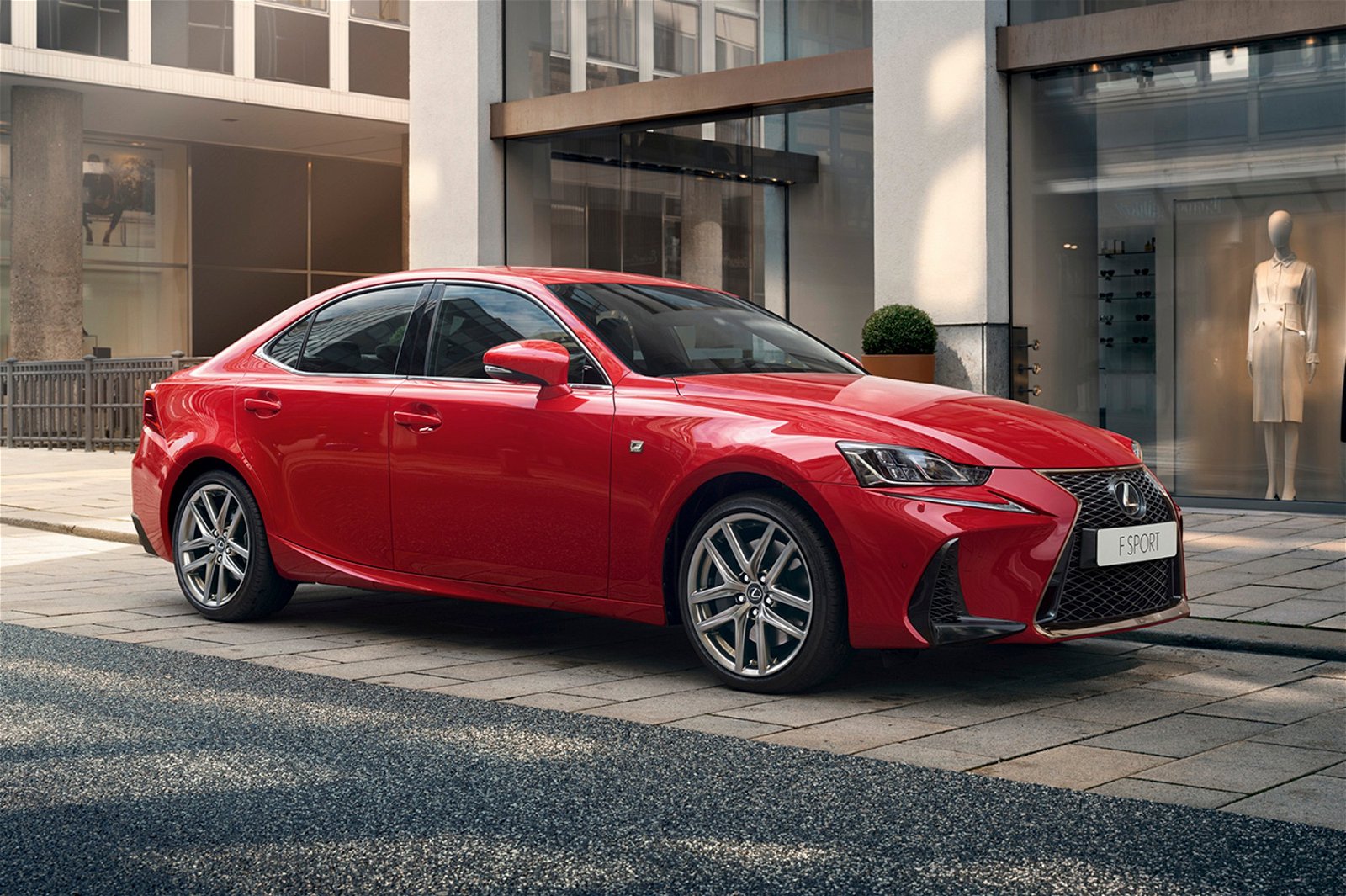
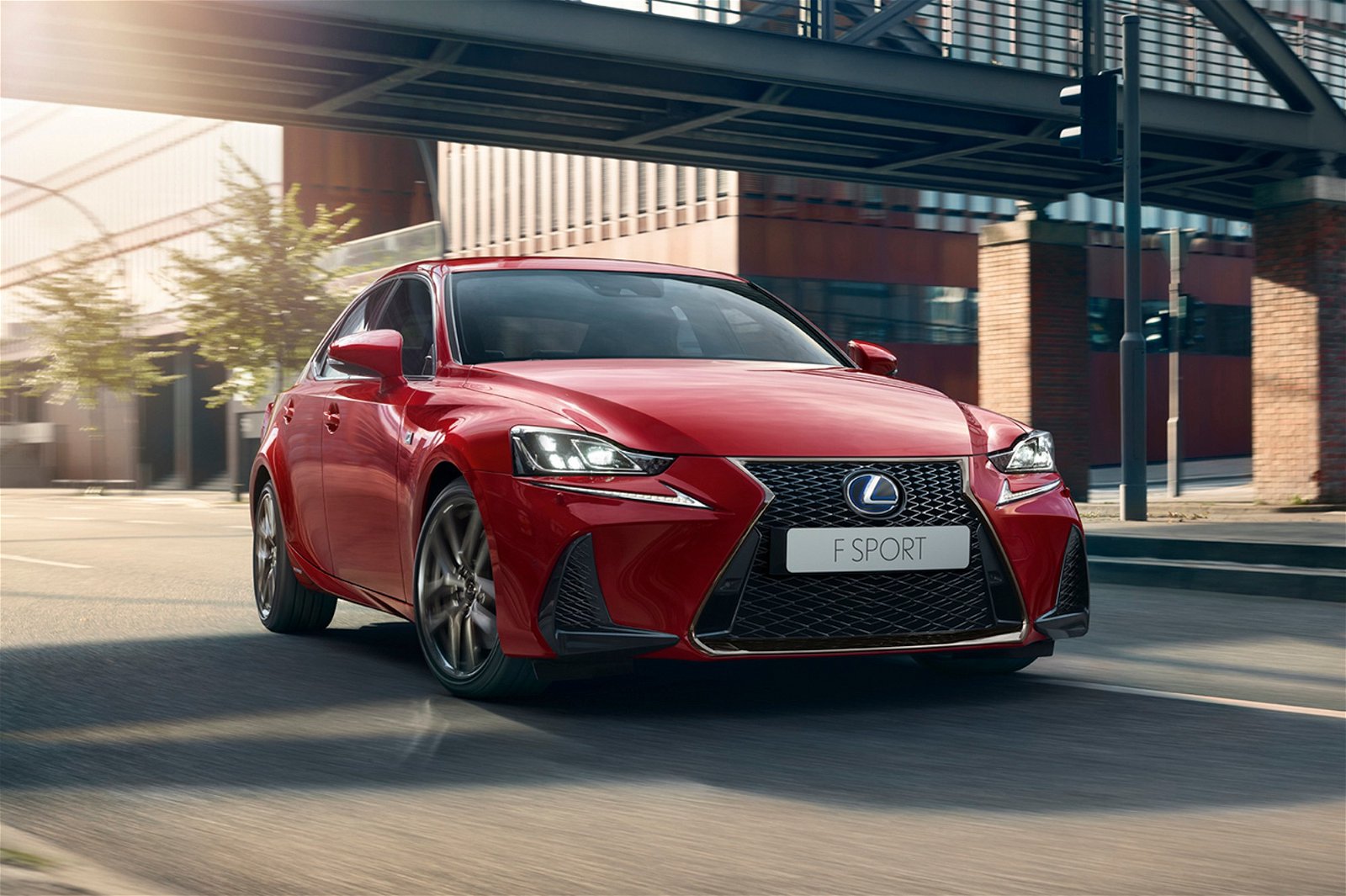
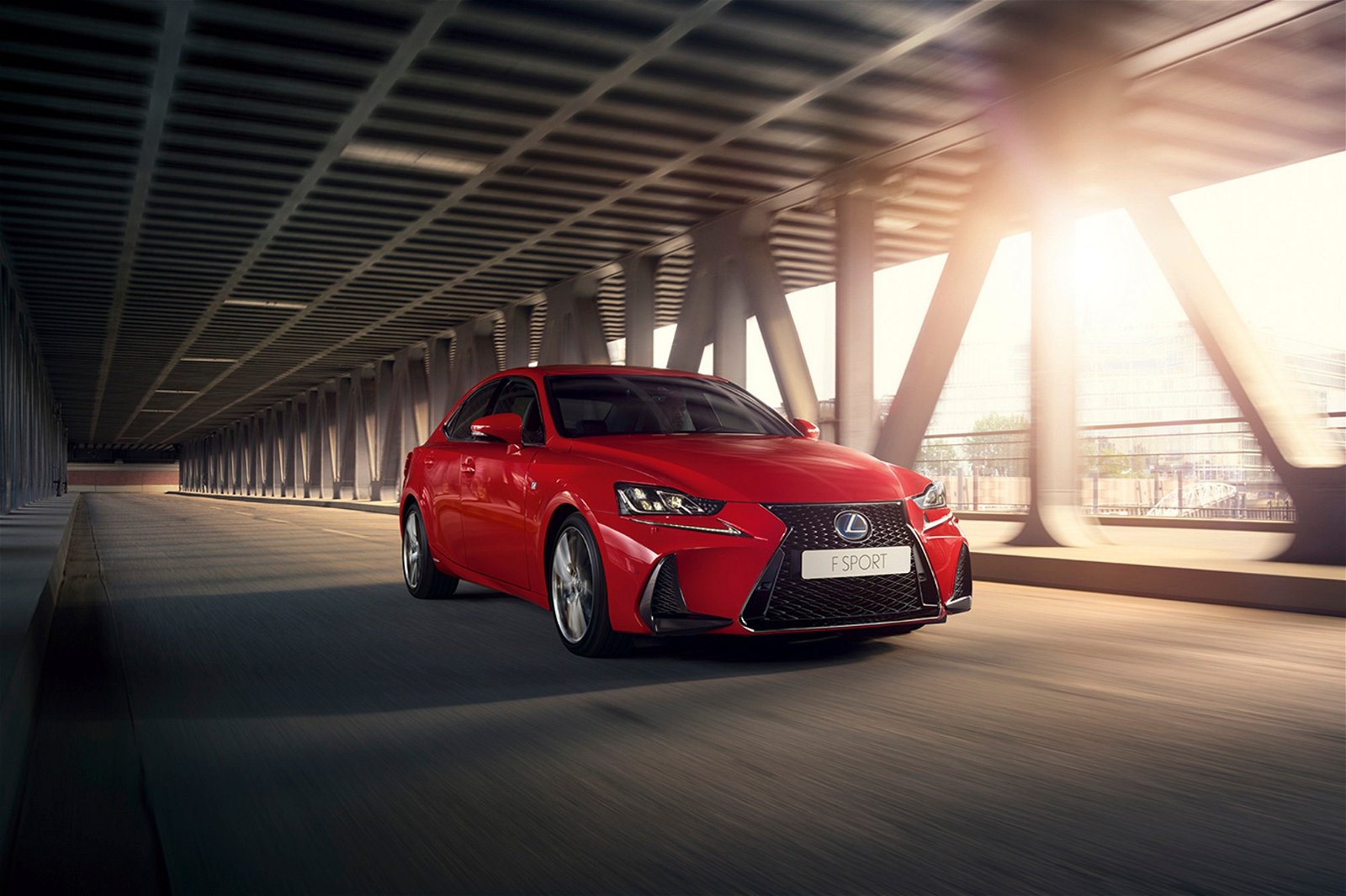
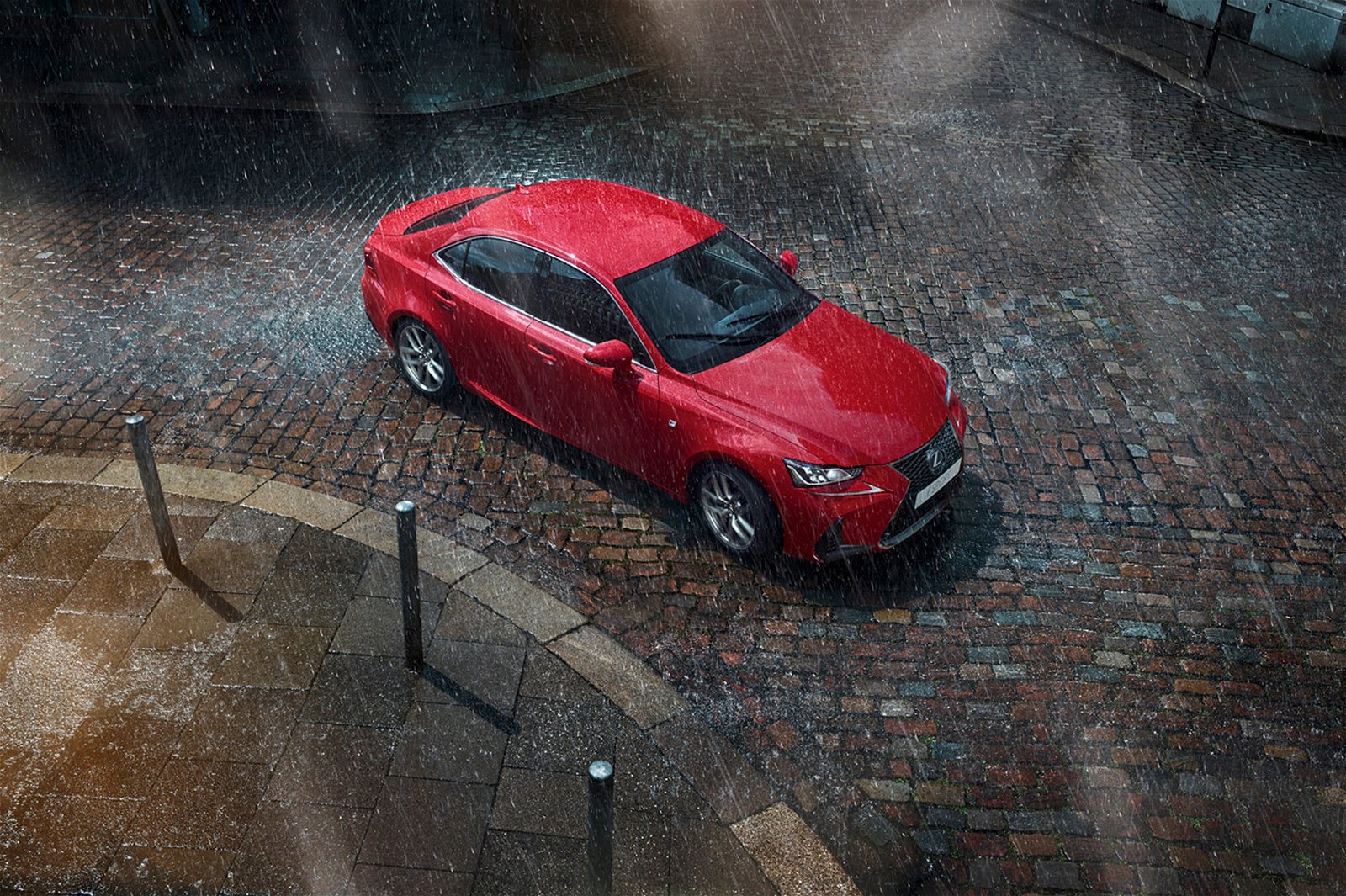

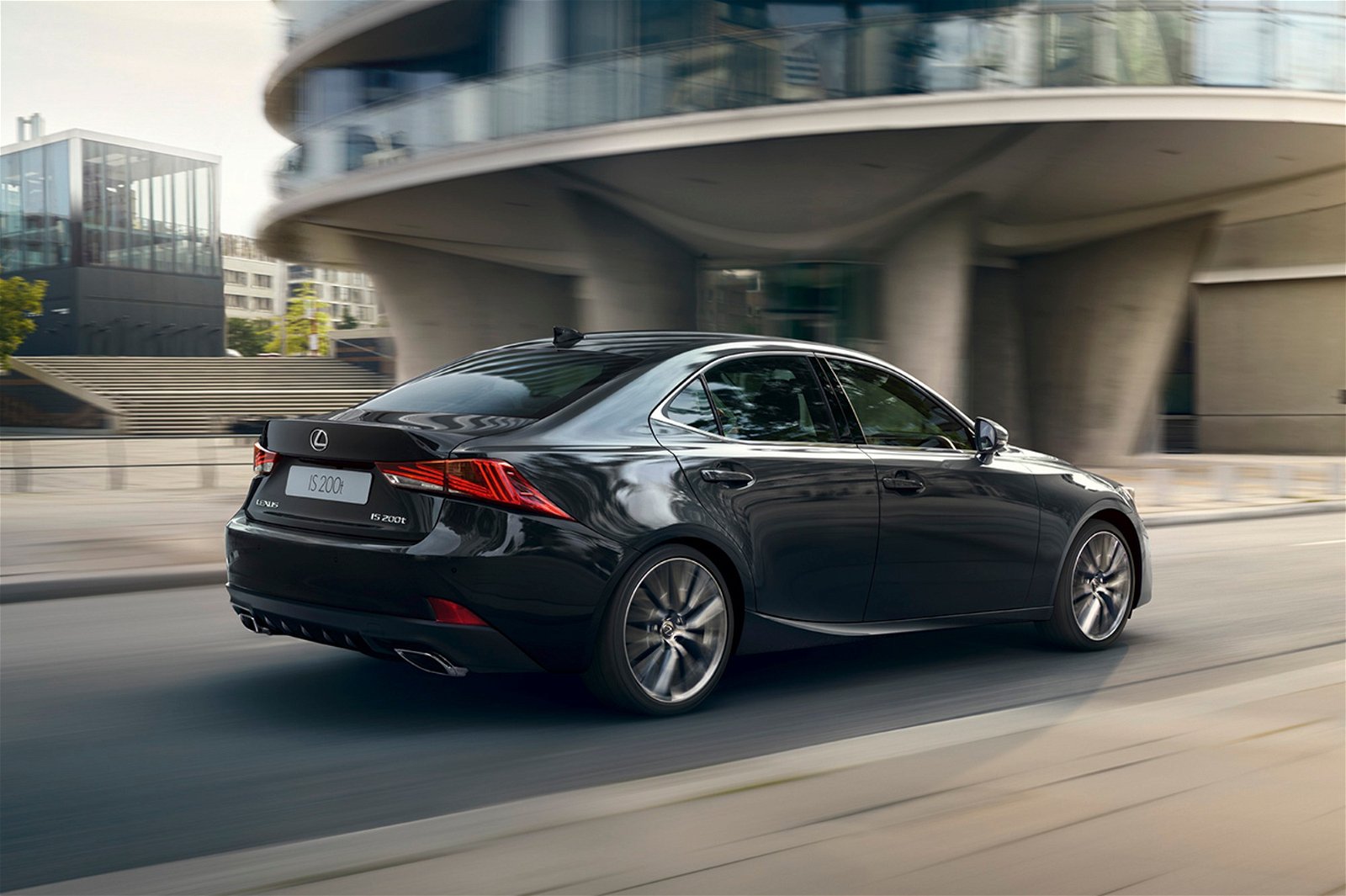


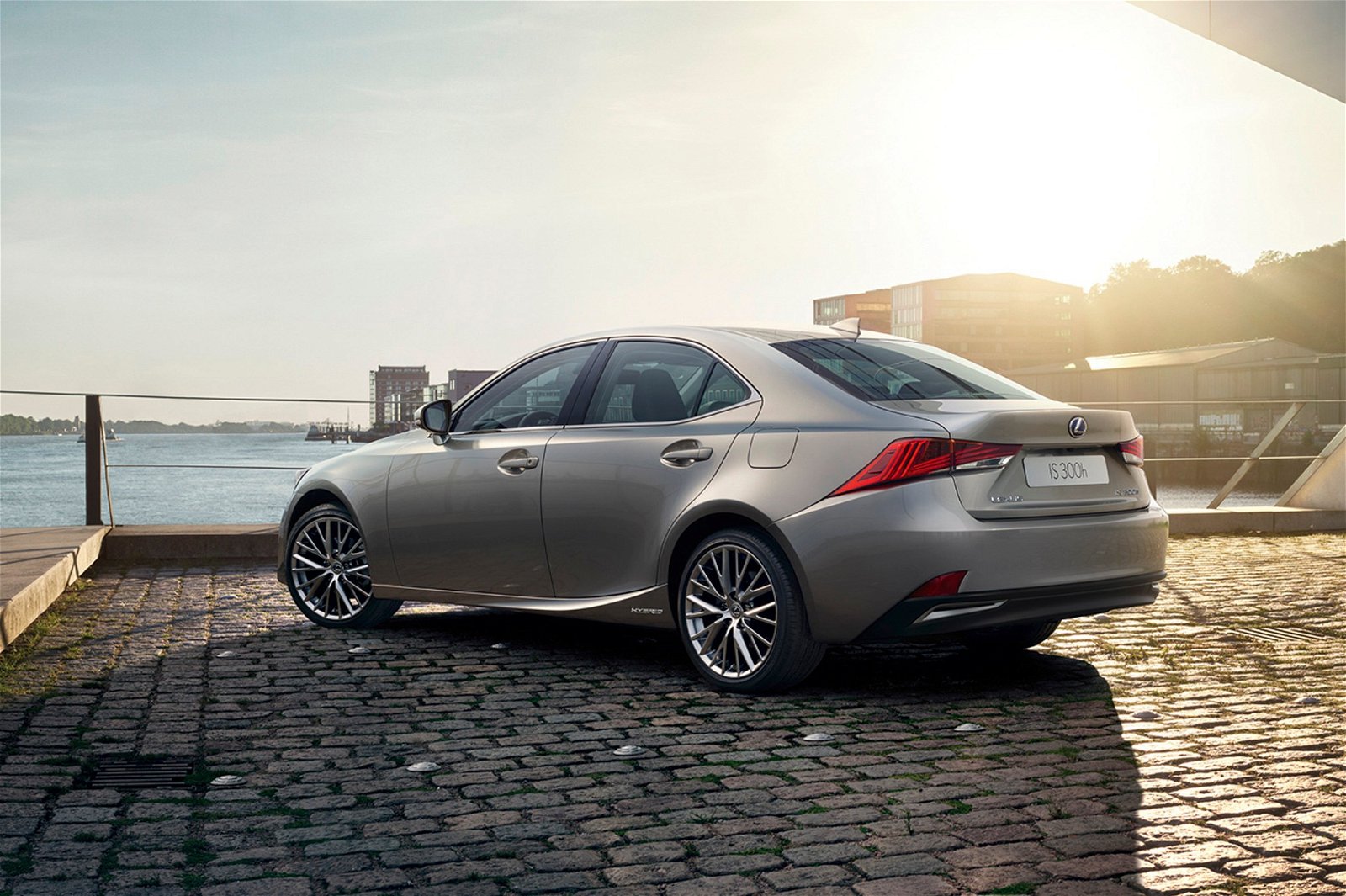
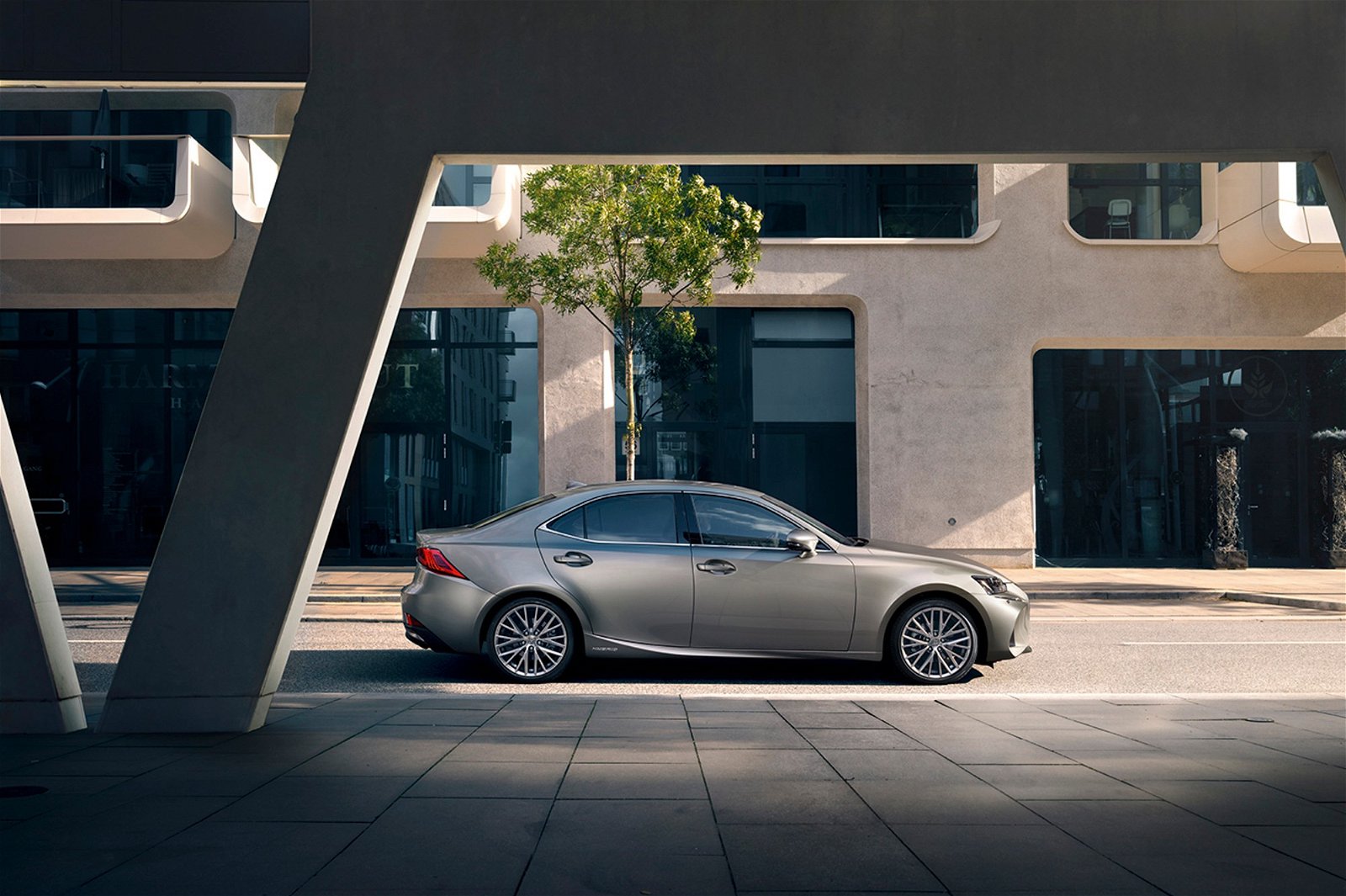
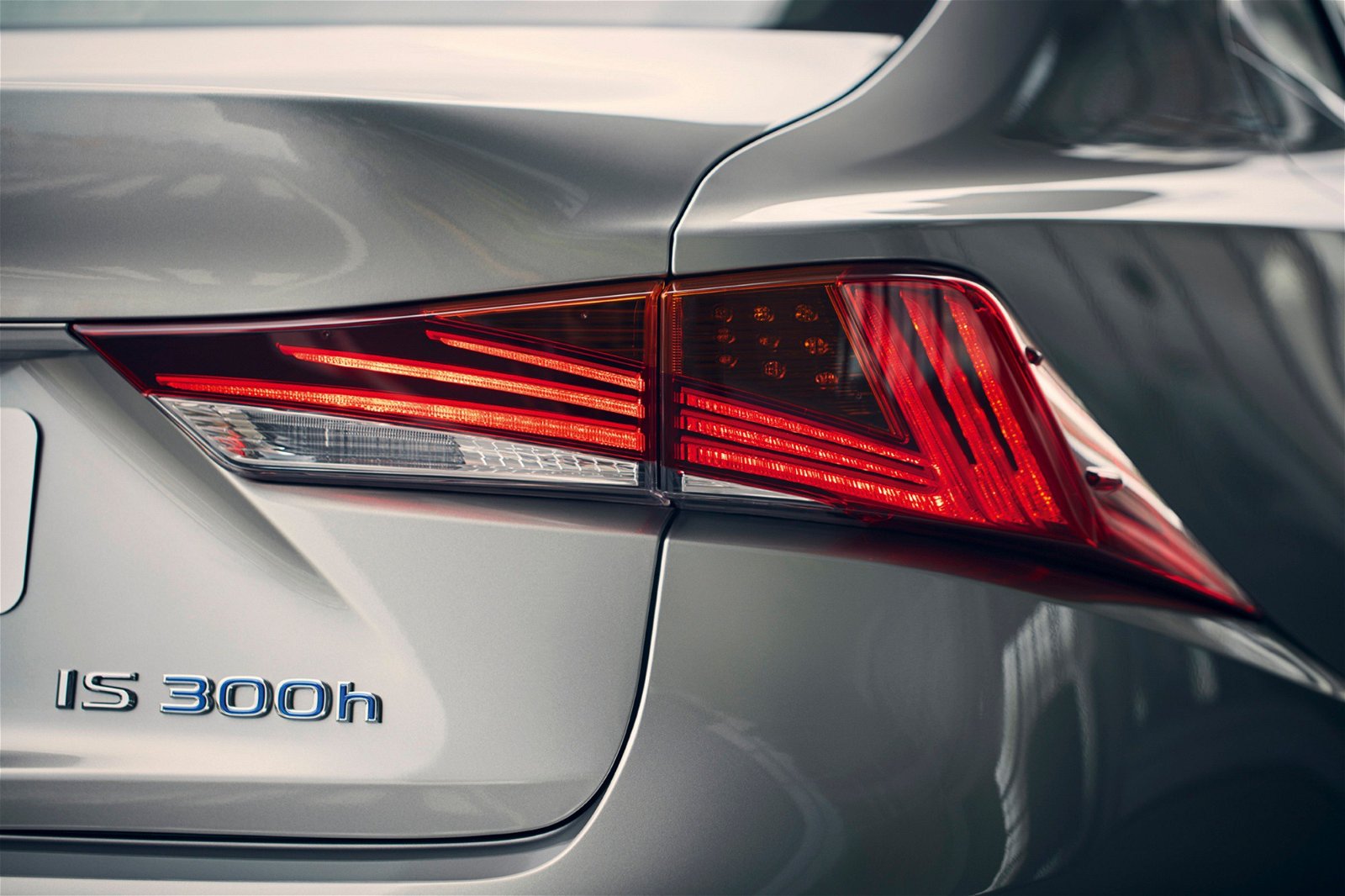
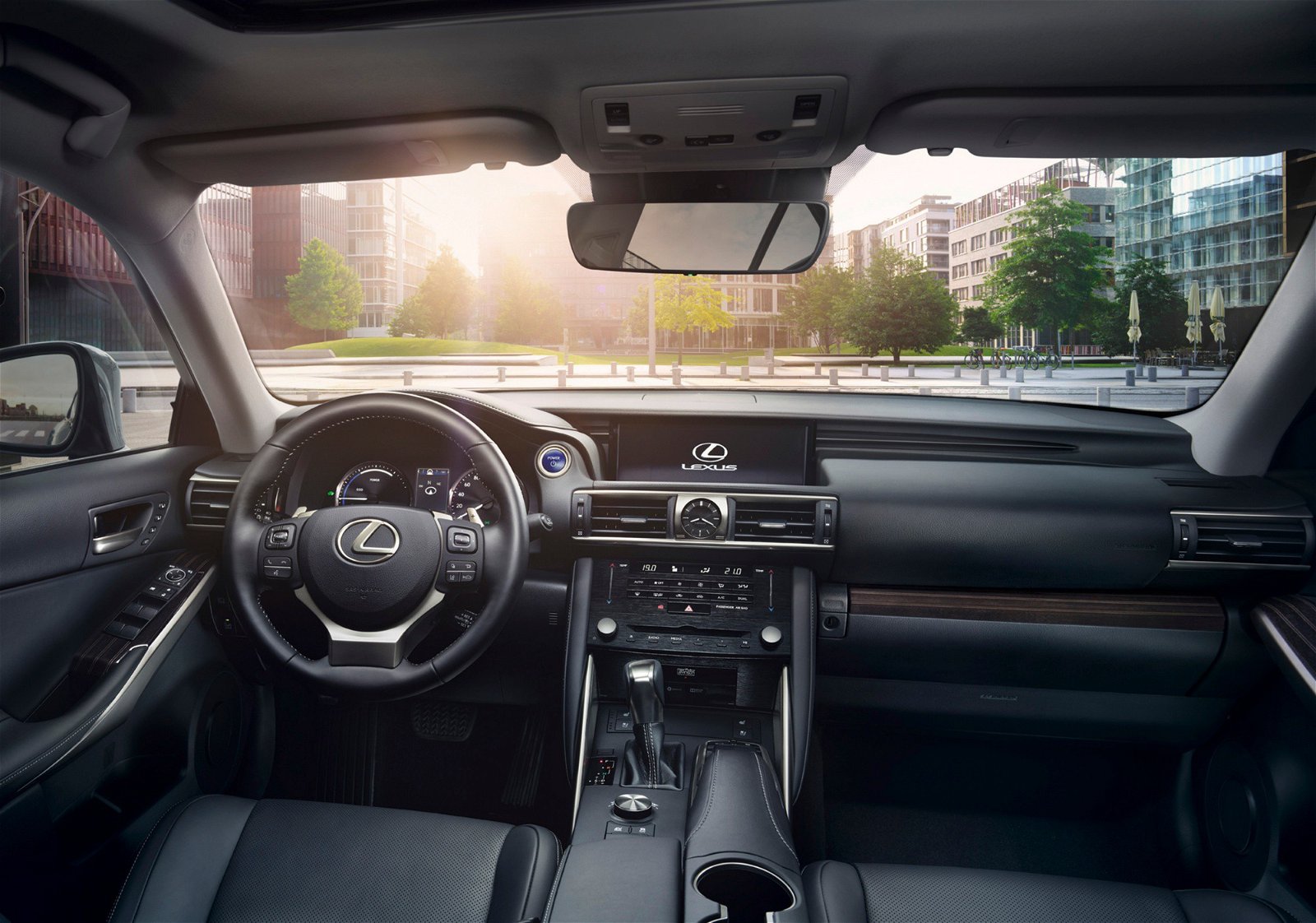
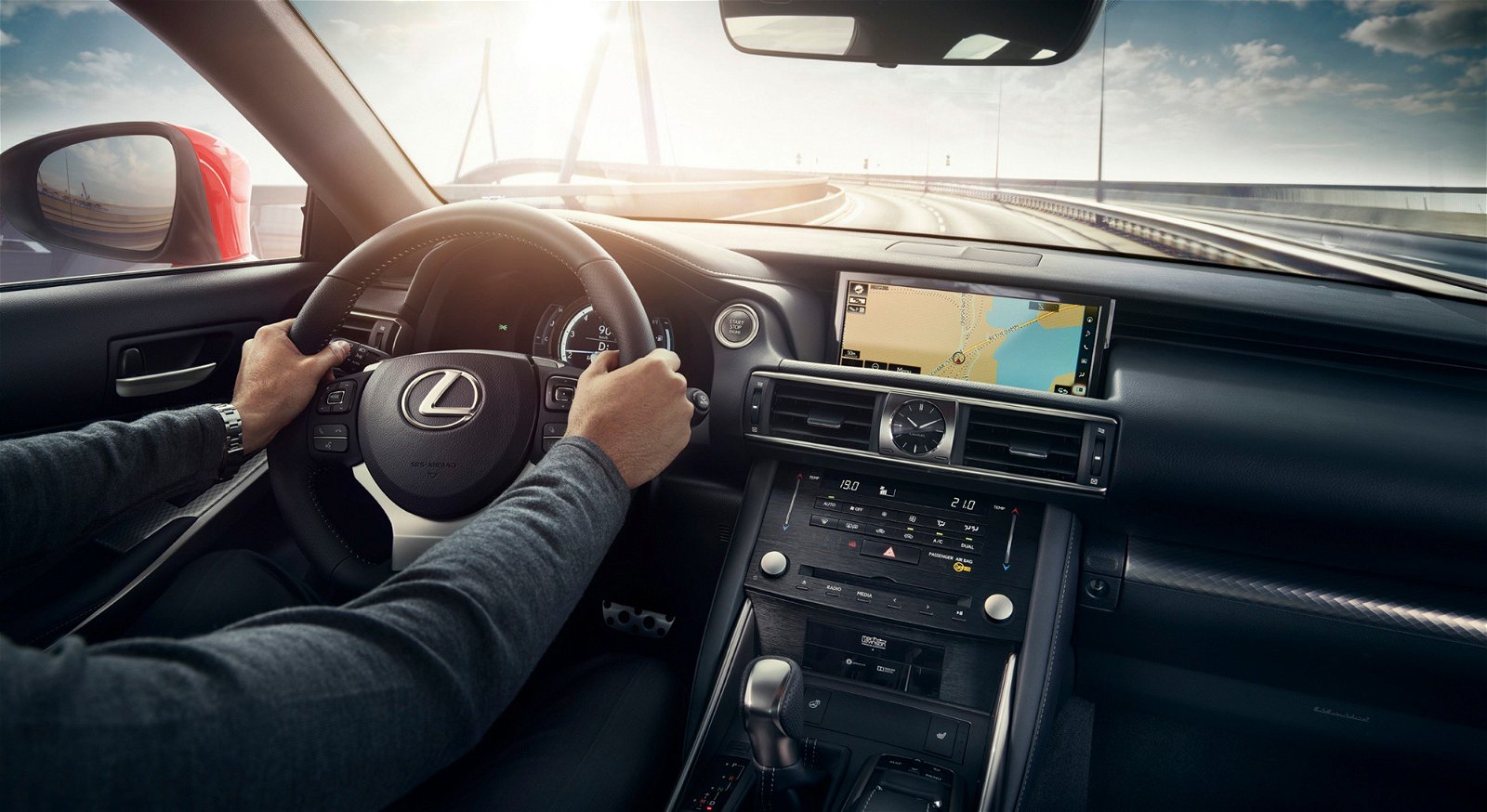

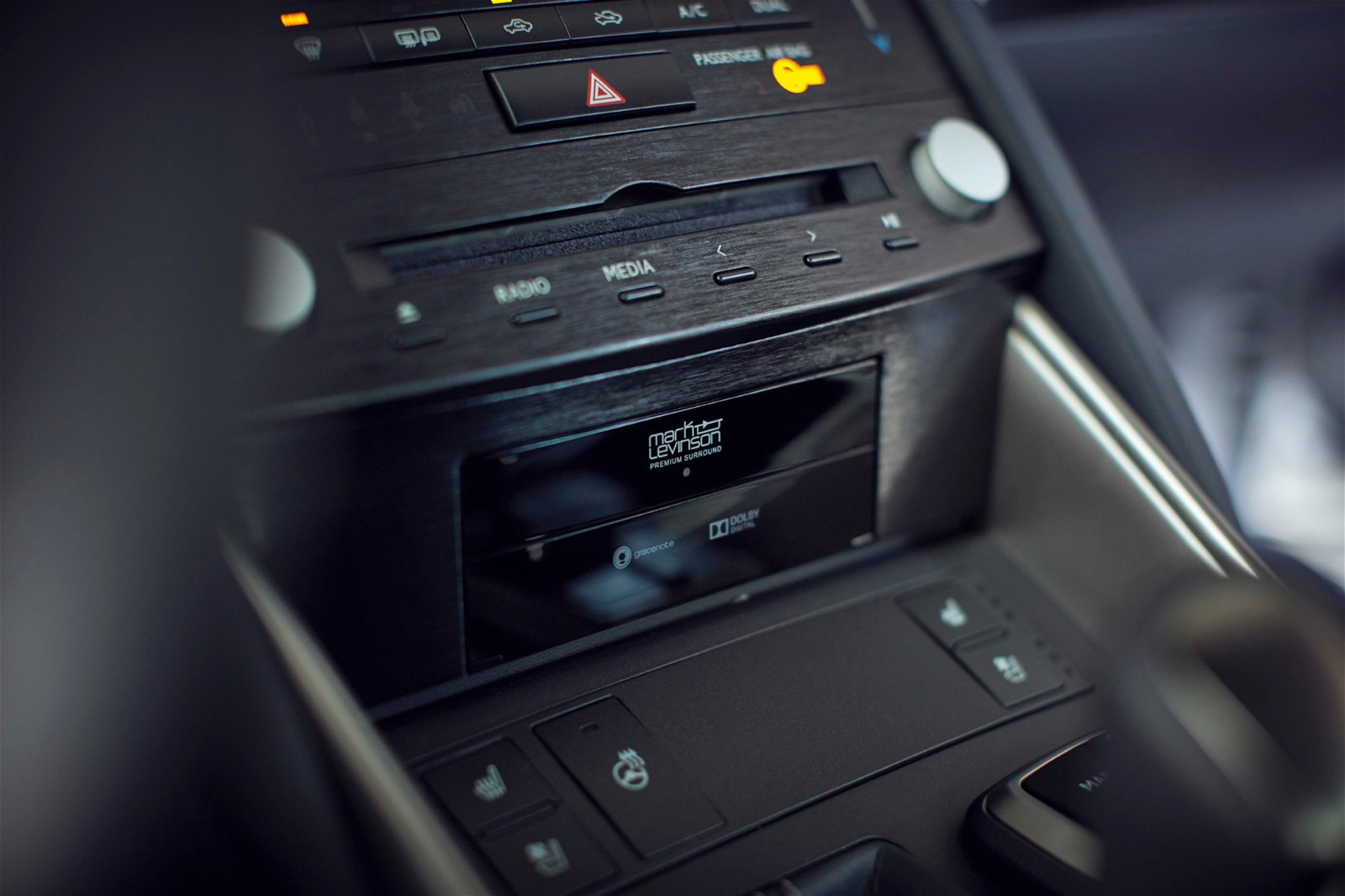

On display at the Paris Motor Show, the 2017 Lexus IS brings discreet exterior design enhancements, a more refined interior, and updated equipment including the latest HMI infotainment system and the adoption of the Lexus Safety System+ pack of active safety features.
The Japanese automaker has made some chassis revisions as well for improved driving dynamics, including a more rigid suspension.

Lexus IS models sold in Europe make up almost 20 percent of worldwide IS sales to date — that's about 200,000 units of the 1 million units sold since the original IS launched in 1999. The best-selling model variant in Europe is the IS 300h, which accounts for 90 percent of IS sales on the continent.

Going on sale at the beginning of 2017, the revised Lexus IS model range sports subtle exterior changes including new headlamps, larger air intakes in the front grille, an evolution of Lexus' spindle grille, new alloy wheel designs, and more pronounced L-shaped LED light guides. Additionally, two new colors (Deep Blue Mica and Graphite Black) are now available to order.
F Sport models get a new dark chrome grille with a 3-dimensional F-mesh pattern that incorporates functional brake ducts.

Inside, the 2017 Lexus IS receives a larger multimedia display screen (10.25 inches instead of 7 inches), an "Enter" button for the Remote Touch Interface (RTI) added on the center console, new stitching on top of the driver's instrument binnacle hood, as well as updated speedometer and tachometer. Other upgrades include a new hairline-finish surface for the audio and ventilation control panel, new cup, and new interior color schemes.

The engine lineup remains unchanged and includes the 220 hp IS 300h hybrid, and the 242 hp IS 200t turbo gasoline. The hybrid pairs a 2.5-liter four-cylinder Atkinson cycle unit with a compact electric motor for an average fuel consumption of 4.3 l/100 km (54.7 mpg US) and CO2 emissions of 97 g/km.
